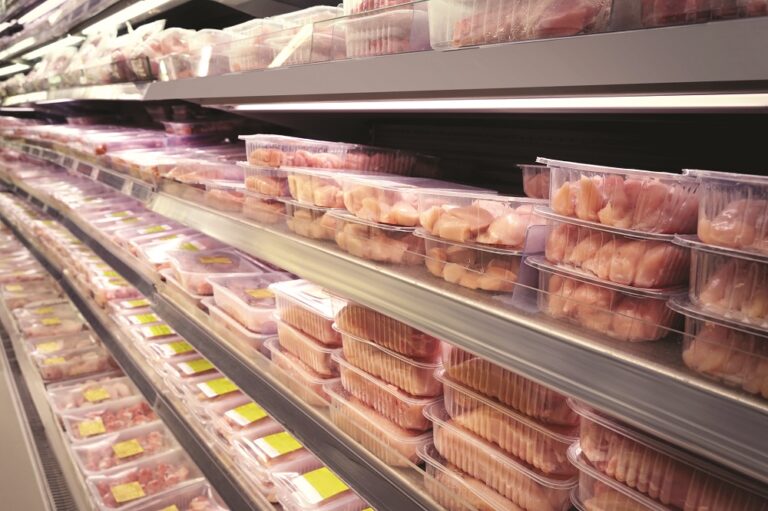Take home sales at the grocers grew by 5.4% in the four weeks to 13 July compared with last year, according to the latest figures from Worldpanel by Numerator, formerly Kantar.
Grocery price inflation also accelerated again, hitting the highest level since January 2024 at 5.2% this month. With the average household spending £5,283 each year at the grocers, this latest rise could add £275 to bills if people’s shopping habits stay the same.
“Just under two thirds of households say they are very concerned about the cost of their grocery shopping*, and people are adapting their habits to avoid the full impact of price rises,” said Fraser McKevitt, head of retail and consumer insight at Worldpanel. “Own label products, which are often cheaper, continue to be some of the big winners and, in fact, sales of these ranges are again outpacing brands, growing by 5.6% versus 4.9%. These inflationary worries aren’t just changing what we buy, but how we prepare it too. We often see people choosing to make simpler meals when they are trying to save money, and today, almost seven in ten dinner plates include fewer than six components.”
Lidl reached a record high market share this period at 8.3%, gaining 0.5 percentage points as it attracted more than half a million new customers to its stores. Tesco also boosted its share to 28.3% as sales grew by 7.1%, the fastest rate since December 2023. Sales at Sainsbury’s increased by 5.3%, putting its market share at 15.1%.
Matching its previous share high of 2.0%, Ocado was again the fastest growing British grocer. Its sales rose by 11.7%, exceeding the overall online market growth rate of 5.7%. Over the past 12 weeks, online has accounted for 12.0% of all sales at the grocers with 23% of households making at least one virtual shopping trip. Meanwhile, on the high street, grocery sales at M&S were 6.5% higher than a year ago.
Spending through the tills at Morrisons nudged up by 1.0% and it now holds 8.4% of the market, while Britain’s fourth largest grocer Aldi increased by 6.3%, bringing its share to 10.9%. Asda’s portion of the market now stands at 11.8%.
Sales at Waitrose were 5.5% higher over the 12 week period, giving the retailer a share of 4.4%. Convenience specialist Co-op takes 5.2% of the market, and frozen expert Iceland holds 2.2% of British grocery spending.


